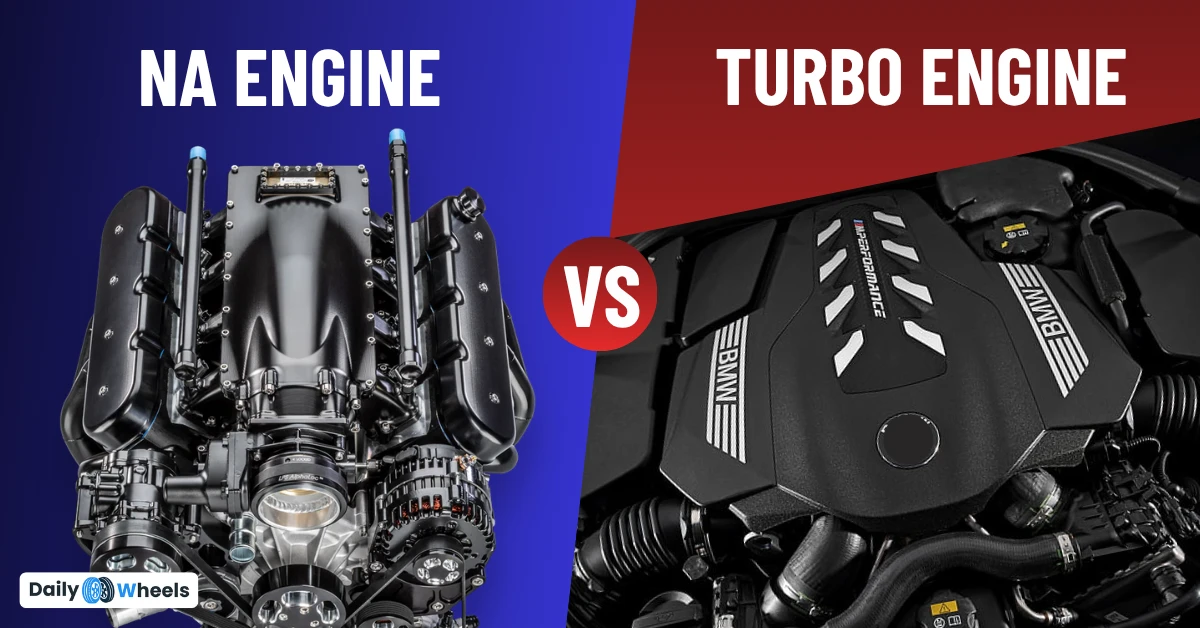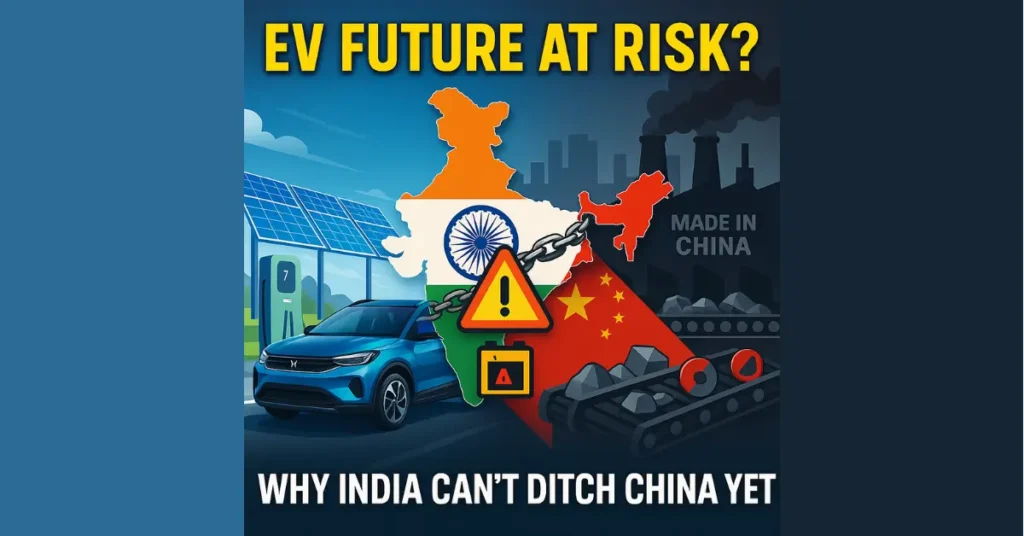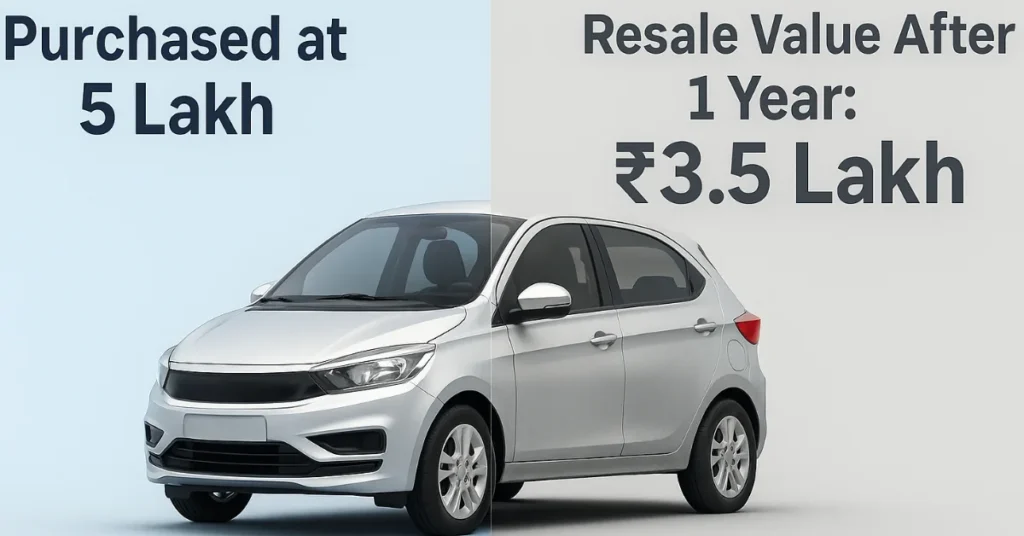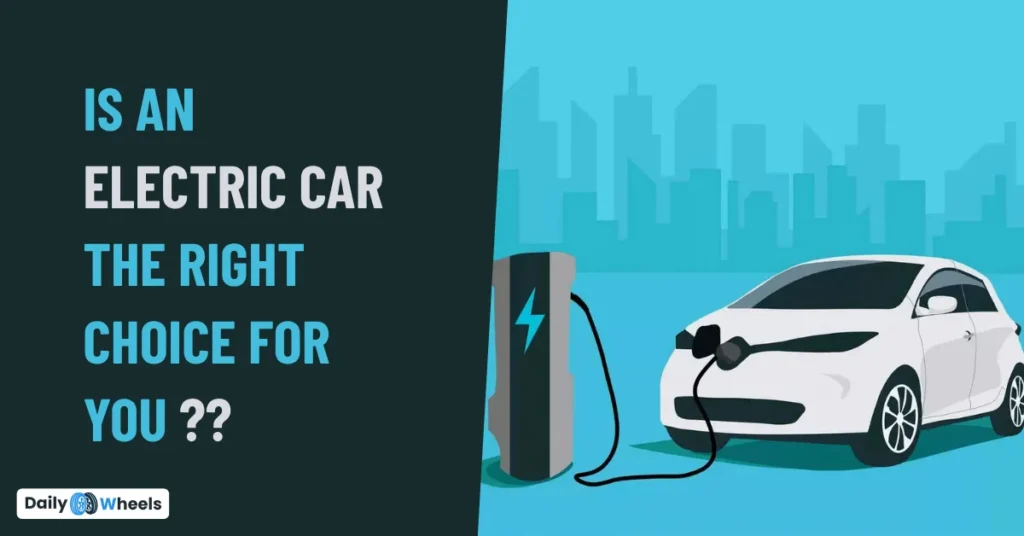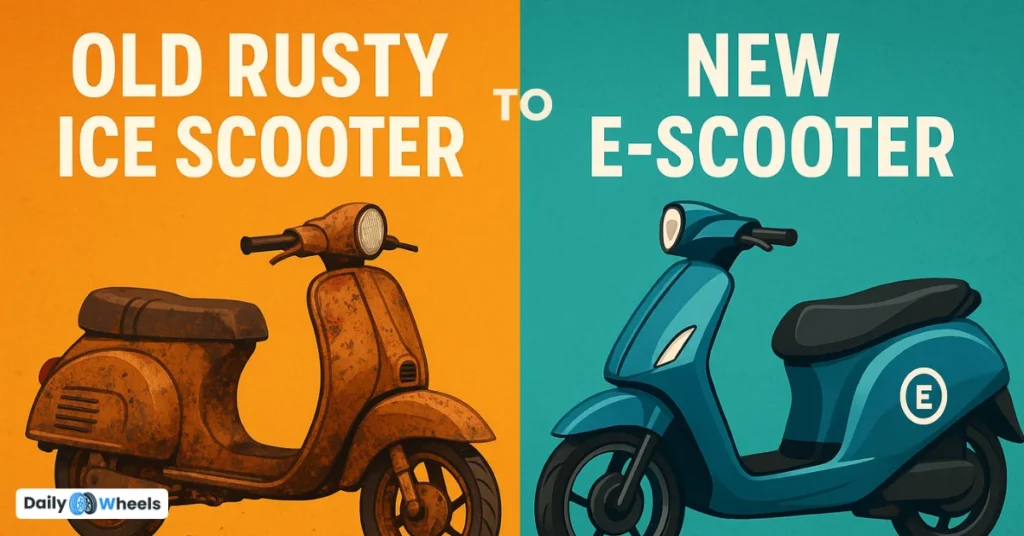When buying a car, the type of engine it has plays a big role in how it performs, how much fuel it uses, and how long it lasts. Two of the most common engine types today are Naturally Aspirated (NA) engines and Turbocharged (Turbo) engines.
But which one should you choose? Let’s explore the difference between NA and Turbo engines, how they work, and which one is better depending on your needs.
What is a Naturally Aspirated (NA) Engine?
A Naturally Aspirated (NA) engine is a traditional type of engine that pulls air into the combustion chamber through natural airflow, without any forced pressure.
How It Works
In an NA engine:
- Air enters the engine through the air intake.
- The pistons move down, creating a vacuum that sucks in the air.
- This air mixes with fuel, and then the spark plug ignites it to power the engine.
This process relies only on atmospheric pressure, not on any artificial boosting method.
What is a Turbocharged Engine?
A Turbocharged engine uses a turbocharger to force more air into the engine. More air means more oxygen, which allows the engine to burn more fuel and produce more power.
How It Works
In a turbo engine:
- Exhaust gases spin a small turbine.
- This turbine powers a compressor that pushes more air into the engine.
- The extra air increases power without increasing engine size.
It’s like giving the engine an extra “push” every time you accelerate.
Key Differences Between NA and Turbo Engines
| Feature | NA Engine | Turbo Engine |
|---|---|---|
| Air Intake Method | Natural airflow | Forced air through turbocharger |
| Power Output | Moderate | Higher (especially at low RPM) |
| Fuel Efficiency | Usually lower | Usually better (if driven calmly) |
| Maintenance Cost | Generally lower | Higher due to turbo complexity |
| Long-Term Durability | Often more reliable | May wear faster if not maintained |
| Driving Feel | Linear power delivery | Sudden surge (Turbo lag possible) |
| Engine Size | Usually larger | Smaller (but powerful) |
Which Engine is Better for Your Needs?
Choose an NA Engine If:
- You drive mostly in cities or highways at stable speeds.
- You want long-term reliability and low maintenance.
- You prefer a smooth and natural acceleration feel.
- You don’t want to worry about expensive parts like turbochargers.
- You plan to keep the car for more than 10 years or drive high mileage.
Choose a Turbo Engine If:
- You want more power from a smaller engine.
- You often drive in hilly areas or carry heavy loads.
- You like quick overtaking and punchy performance.
- You care about fuel efficiency, but also need power.
- You are okay with slightly higher maintenance and take care of your vehicle regularly.
Understanding Turbo Lag: What You Should Know
Turbo lag is the delay between pressing the accelerator and the turbo engine delivering full power. This happens because the turbo needs time to build up pressure.
In newer cars, turbo lag is much reduced, but it still feels different from NA engines, which give immediate power as soon as you press the pedal.
NA vs Turbo: What About Fuel Type?
Turbocharged engines often require higher-octane fuel (like premium petrol), especially in performance models. This helps avoid a problem called knocking, which can damage the engine.
NA engines are more flexible and usually run fine on regular petrol, which is more affordable.
Engine Life and Reliability: Which Lasts Longer?
Generally, NA engines last longer than turbo engines because they have:
- Fewer moving parts.
- Lower internal pressure.
- Less heat buildup.
That doesn’t mean turbo engines are bad — but they do require more frequent care (like regular oil changes, cooling checks, etc.).
Cost of Ownership: Which is Cheaper in the Long Run?
NA engines:
- Lower repair costs.
- Lower insurance in some cases.
- Fewer things that can go wrong.
Turbo engines:
- Higher performance may increase insurance cost.
- Repairs may cost more if turbo components fail.
- But better fuel economy can save money if driven smartly.
Performance and Driving Fun: Which is More Enjoyable?
This depends on the driver’s taste.
- Turbo cars feel more exciting, especially when you hit the accelerator. They give a “boosted” feeling and are often found in sporty cars.
- NA cars give you a more natural, smooth, and predictable drive. Some driving enthusiasts actually prefer this.
If you love spirited driving, turbos win. If you like calm and consistent driving, NA might feel better.
Environmental Impact: Which One is Greener?
Turbo engines:
- Often more fuel efficient, which means lower CO2 emissions.
- Because of smaller engine size, they help meet emission norms.
However, aggressive turbo driving can cancel this benefit.
NA engines:
- Usually have larger engines and can burn more fuel.
- But they are simpler and sometimes more stable in long-term emissions.
In short, mild turbo use is greener. But aggressive use can make it worse than NA.
Are Turbo Engines the Future?
Most new cars in India and globally are now shifting towards turbocharged engines, especially for smaller cars that need to meet strict fuel and emission standards.
Many carmakers are even phasing out NA engines completely in favor of:
- Turbo-petrols
- Hybrid-turbo setups
- Electric or plug-in hybrids
So yes, turbos are slowly becoming the new normal — but NA engines still exist in budget-friendly and long-term reliable cars.
Final Thoughts: Which Engine is Right for You?
Both NA and Turbo engines have their unique strengths. The better choice depends on how and where you drive, and what you expect from your car.
If you’re someone who values simplicity, low maintenance, and long-term peace of mind, a Naturally Aspirated engine is a smart pick.
If you want more power, better mileage, and exciting performance, and you don’t mind a little more care, then Turbocharged engines make more sense.
What DailyWheels Thinks About NA vs Turbo Engines
At DailyWheels, we believe that both NA and Turbo engines have their place in the Indian car market. As more brands offer turbocharged petrol options even in budget cars, it’s important for buyers to understand the pros and cons clearly.
If you’re planning to buy a car in 2025 or beyond, take a moment to think about your driving style, maintenance habits, and long-term usage. That alone can help you decide whether the “natural” way or the “boosted” way is right for you.
